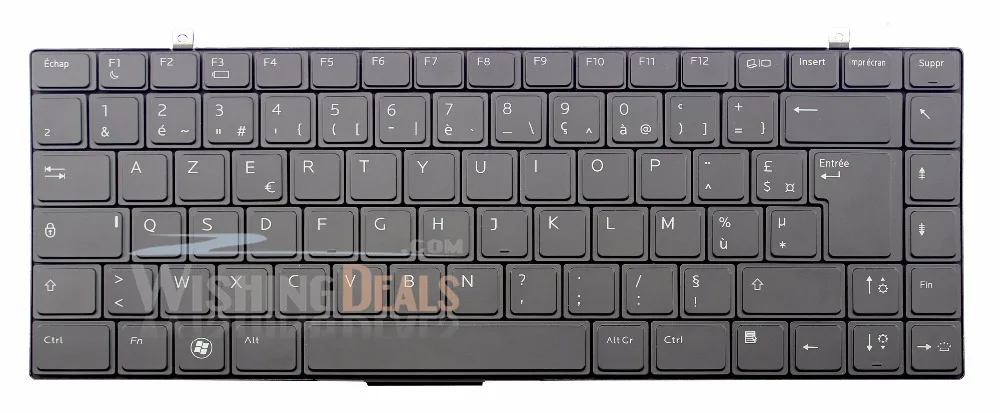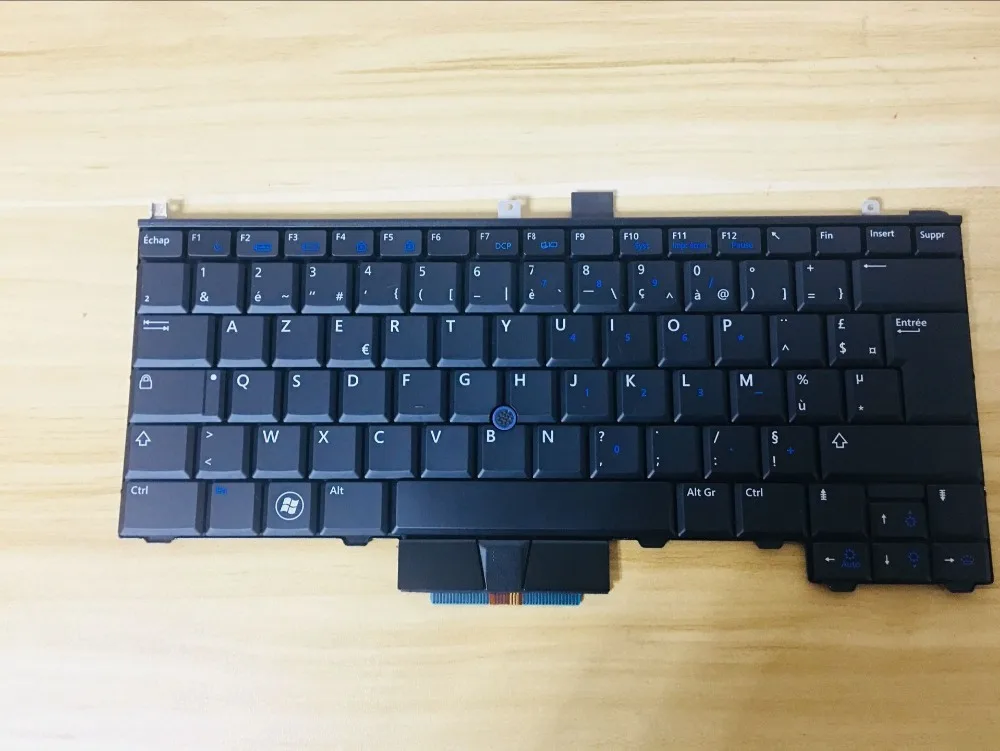

If you take a 30-minute break at some point, after just a couple of moments the app will dim the keyboard light, seeing as there is no use for it anyways. The other option, Timeout mode, adjusts the keyboard light based on your use of the computer and keyboard, respectively. It's totally up to you, but this time, the keyboard light won't stand in your way. If you crank up the energy setting, the keyboard will be bright and shiny. This means that if you have battery saving mode on, your keyboard will be as dim as possible. Persistent mode will adjust your laptop's backlight keyboard depending on your battery settings.

These modes basically deal with the same issue, only in a somewhat different way. Make sure you find the best option for you, and choose between Persistent and Timeout mode. After backlight keyboards have been in existence for many years now, you would think that they could have something so simple down to a science now.Keeping your Lenovo Ideapad laptop in battery saver mode could always be more efficient were it not for that pesky backlight keyboard, right? Well, you won't have to worry about it anymore, according to the developer of Auto Keyboard Backlight, because your laptop will be forced to dim the keyboard light depending on the battery settings you have on. I can't help but wonder if the engineers who design this stuff actually ever use their own products. Now you have to try to find 2 keys in the dark to turn on the backlight. Worse yet, you can have those functions like the backlight key set to act as F5 by default and to only activate the backlight if you press Fn + F5 at the same time.

So if it's dark, you have to fumble around and start pressing keys until you manage to find the F5 key. Now, my current HP laptop let's you turn on and off the backlight but F5 (the backlight key) does not stay on. That way you could actually see the backlight key to turn it on again. It had one nice feature in that if you turned the backlight off one single key would stay lit - F5. I had one HP where pressing F5 would turn on or off the backlighting. I finally found a Dell utility that allowed you to adjust it but that same utility did a lot of other things and introduced some other unwanted behaviors. I had a Dell where the behavior was the same - 10 seconds on and then it would go off. Let us know if you find any such options in the BIOS.īack to the topic of the backlit keyboard.ĭon't know why, but the design of backlighting for keyboards in general seems to really suck.

Note: If you select Never, the backlight remains on which could quickly drain the notebook battery power. Dell users can open the Keyboard properties dialog and then switch to the Backlight tab to see all keyboard brightness settings. Press the spacebar to open the keyboard backlight settings, and then select the timeout setting you want. For instance, Dell Windows 10 laptops offer settings to turn on or off the backlit keyboard, adjust the keyboard brightness, and automatically turn off the backlight after 5/10/30/60/300 seconds of inactivity. In the Built-in Device Options, select Backlit keyboard timeout. Navigate to Built-in Device Options, and then press Enter. When the BIOS opens, use the arrow keys to navigate to the Advanced tab. Restart the notebook, and then immediately press the F10 repeatedly until the BIOS opens. Your BIOS version and screens might vary. Check your notebook model's product support documentation to confirm support. Note: If there is not a setting for the backlight timing in the BIOS, this behavior might not be supported on the notebook. If the blacklight stays on for only a few seconds, the backlight timeout setting might need configuring in the BIOS. However, I did find this in the HP knowledge base:
#Backlit keyboard settings windows 10 dell how to
I've looked at the user guide for your laptop and it only tells you how to turn on and off the backlight but makes no mention of a timeout.


 0 kommentar(er)
0 kommentar(er)
